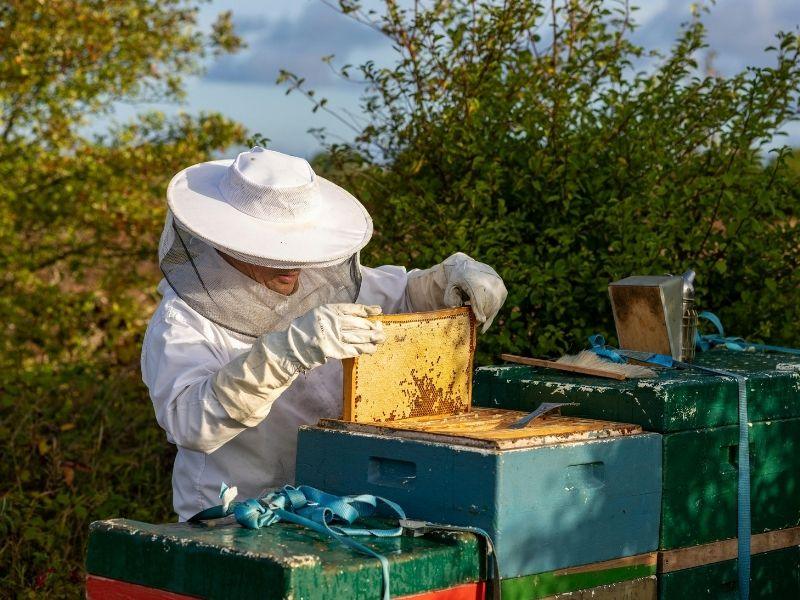Why Insulated Beehive Systems Are Changing Modern Beekeeping

For centuries, beekeepers have worked with wooden boxes that mimic natural hives — effective but often vulnerable to weather extremes. Today, as climate shifts become more unpredictable, both hobbyists and commercial apiaries are looking for smarter ways to protect their colonies. One innovation leading that change is the insulated beehive system.
The Problem with Traditional Wooden Hives
Conventional hives are simple and affordable, but they lack insulation. In hot summers, interior temperatures can soar above what bees can tolerate, forcing them to expend energy fanning their wings to cool the brood. In winter, the opposite happens — colonies cluster tightly, burning through stored honey to stay warm.
These temperature fluctuations stress the bees, slow brood development, and reduce honey production. Even with careful management, traditional wooden hives can’t fully buffer against the growing volatility of outdoor conditions.
How Insulated Beehives Work
Insulated beehive systems use thermal materials such as high-density foam, composite panels, or multilayer walls that maintain stable internal temperatures year-round. The insulation mimics the natural cavity of a tree, where bees evolved to regulate heat and humidity more efficiently.
Here’s what sets them apart:
- Consistent temperature regulation: Keeps the brood nest within optimal range (32–35°C) without overworking the bees.
- Reduced condensation: Proper insulation prevents moisture build-up that can chill bees in winter.
- Energy efficiency: Bees expend less energy on climate control, focusing instead on foraging and honey production.
- Improved overwintering survival: Stable thermal environments dramatically increase colony survival rates in cold climates.
A Closer Look at Modern Designs
New-generation hives integrate both engineering and biology. Some feature modular panels for easy cleaning and airflow control. Others include UV-resistant shells, ventilation valves, or replaceable insulation cores. This shift toward technology-driven beekeeping reflects a broader trend — treating bees as livestock requiring managed environments, not just outdoor creatures left to nature.
Companies like Primal Bee have been at the forefront of developing such insulated beehive systems, blending natural hive behaviour with modern materials to help keepers reduce losses and improve colony health without relying on chemical interventions.
The Impact on Bee Health
Bees living in insulated environments maintain steadier humidity, which helps control varroa mite reproduction and fungal infections. Brood rearing also continues later into the year, extending productivity. Colonies show stronger spring build-up, leading to earlier pollination readiness — an important advantage for commercial growers.
This improved stability supports not just honey yields but the long-term sustainability of bee populations, which are under increasing stress from pesticides, disease, and climate variability.
Environmental Benefits
There’s also a sustainability angle. Because insulated hives reduce honey consumption during winter and improve colony survival, fewer replacement packages are needed each spring. That lowers transport emissions and reduces the demand on breeders supplying new queens and colonies. For commercial apiaries, these benefits compound quickly across hundreds of hives.
Is It Worth the Investment?
While insulated hives can cost more upfront, they typically pay off in reduced winter losses, stronger spring colonies, and lower maintenance. For hobbyists, that means fewer heartbreaks and steadier honey harvests. For large-scale beekeepers, it means measurable efficiency gains.
The Future of Beekeeping
As agriculture leans toward precision and sustainability, insulated systems are becoming part of a broader movement — one that respects natural bee behaviour while leveraging modern design. The goal isn’t to replace traditional beekeeping, but to make it more resilient.
For beekeepers facing unpredictable winters and scorching summers, adopting an insulated beehive system isn’t just about comfort — it’s about survival, for both the bees and the craft itself.




